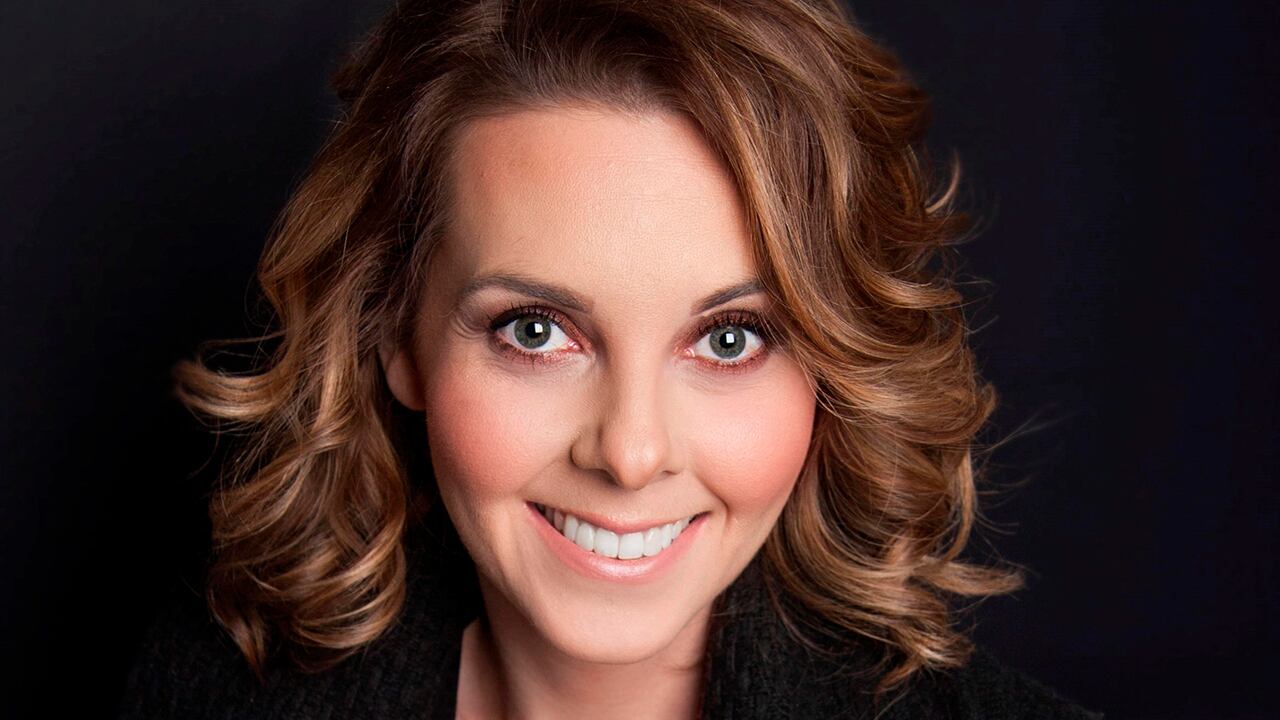On Nov. 12, Portland Fire & Rescue named a bureau management analyst, Robyn Burek, to lead Portland Street Response, the much-anticipated new city program aimed at dispatching a non-police response to certain 911 calls.
The City Council approved a pilot program in November 2019, based in part on the example of the nationally lauded Eugene nonprofit CAHOOTS. That organization responded to nearly 19,000 calls in 2019—calls police would have otherwise taken.
Commissioner Jo Ann Hardesty, who championed Portland Street Response, along with Mayor Ted Wheeler, wants to reduce the interaction between police and people who may be suffering from mental illness or homelessness but aren't committing a crime.
"The majority over the past five years would never have been arrested if not for being houseless or mentally ill," Hardesty says. "That's got to stop."
The fire bureau expects to roll out the program in the first quarter of 2021, deploying an EMT, a licensed mental health therapist, and a community health worker. That team, unarmed, will roll in two vehicles based in Lents, with an additional three-person team slated to follow a few months later to cover nights and weekends.
No city initiative in recent years has as much riding on it as PSR. In June, when Hardesty convinced her colleagues to cut an additional $15 million from the Portland Police Bureau's budget, the City Council directed a third of that total to Portland Street Response. It is the most concrete example of rethinking the traditional approach of sending cops or a fire engine to every 911 call—and the simmering demands for police reform have raised expectations for PSR sky high.
Burek, 40, a licensed family therapist with an MBA, brings experience in mental health, business and government to a position that will demand a variety of skills. Her answers have been edited for clarity and brevity.
WW: Council approved PSR a year ago. Why is it still not up and running?
Robyn Burek: When the pandemic hit, the city went into a hiring freeze. HR basically simply said we're not going to be able to create our staff any positions, unless it's for COVID response. So everything kind of had to pause from about March to June. The second part of that is that when you are standing a new program, there are a lot of pieces, like labor negotiations, drafting contracts for training, and program evaluation. We also needed to figure a new charting system to record calls, create new position descriptions, and figure out how to train people.
What challenges do you still face to get up and running?
Right now, the Bureau of Emergency Communications [which runs the 911 response system] has got their preliminary list of screening questions they've put together and they're training everybody. Part of our pilot year will be communicating with BOEC about how these call types are getting triaged, and whether they're the right calls for us to be going on.
This is why we're not going out citywide at once. It's really important for us to get this right, the types of calls that we're getting dispatched to. At the heart of this program, it's about sending the right response.
Initially, we were thinking we wouldn't transport anybody [from a scene]. But as we talk to more and more cities, we've learned transport is definitely a big piece of what they do. So we have to figure that out. We've been working on kind of a system map of figuring out, OK, if this happens, then who are the other service providers that we could connect that person to, how do we make those referrals and those connections with other agencies that can provide wraparound care and treatment?
What you learned from CAHOOTS in Eugene?
Tremain [Clayton, the EMT assigned to PSR] actually just went and shadowed with CAHOOTS a couple of weeks ago. One of the things that he came back talking about was the number of high utilizers that CAHOOTS ends up responding to. We currently experience that with fire and police here. We'll need to figure out if we refer people for wraparound services from outside partners or try to help them ourselves.
The other thing that was really interesting is, CAHOOTS is still having really long wait times. In some cases, [there's] a five-hour wait time between getting to a call.
Because unlike traditional first-responder calls, where you arrive on scene as quickly as possible, and then you leave it quickly as possible so that you can be available for other calls, we're going to be operating differently. We're actually going to be taking our time with individuals to make sure that this situation is fully deescalated and that person is taken care of the fullest extent. Part of the pilot program will be determining what is an acceptable response time.
I'm one of those people that loves to create something out of nothing. I feel just full of optimism.

